Tessa’s Recipe Rundown
Taste: Buttery and slightly sweet, just like store-bought Hawaiian Rolls – but better!
Texture: Light, squishy, and SO fluffy.
Ease: Great recipe for bread beginners.
Why You’ll Love This Recipe: Perfect for cookouts, Easter, Thanksgiving, or anytime you crave fluffy, delicious rolls!
This post may contain affiliate links. Read our disclosure policy.
This Homemade Hawaiian Roll recipe was a true labor of love to get just right. The store-bought ones have quite a few ingredients not available in the home kitchen, so it took a LOT of testing.
At first, the rolls weren’t fluffy enough. So we made a bunch of tweaks to get the texture to match the store-bought kind. Then they weren’t sweet enough. 15 batches later (yes, 15!), we finally nailed it.
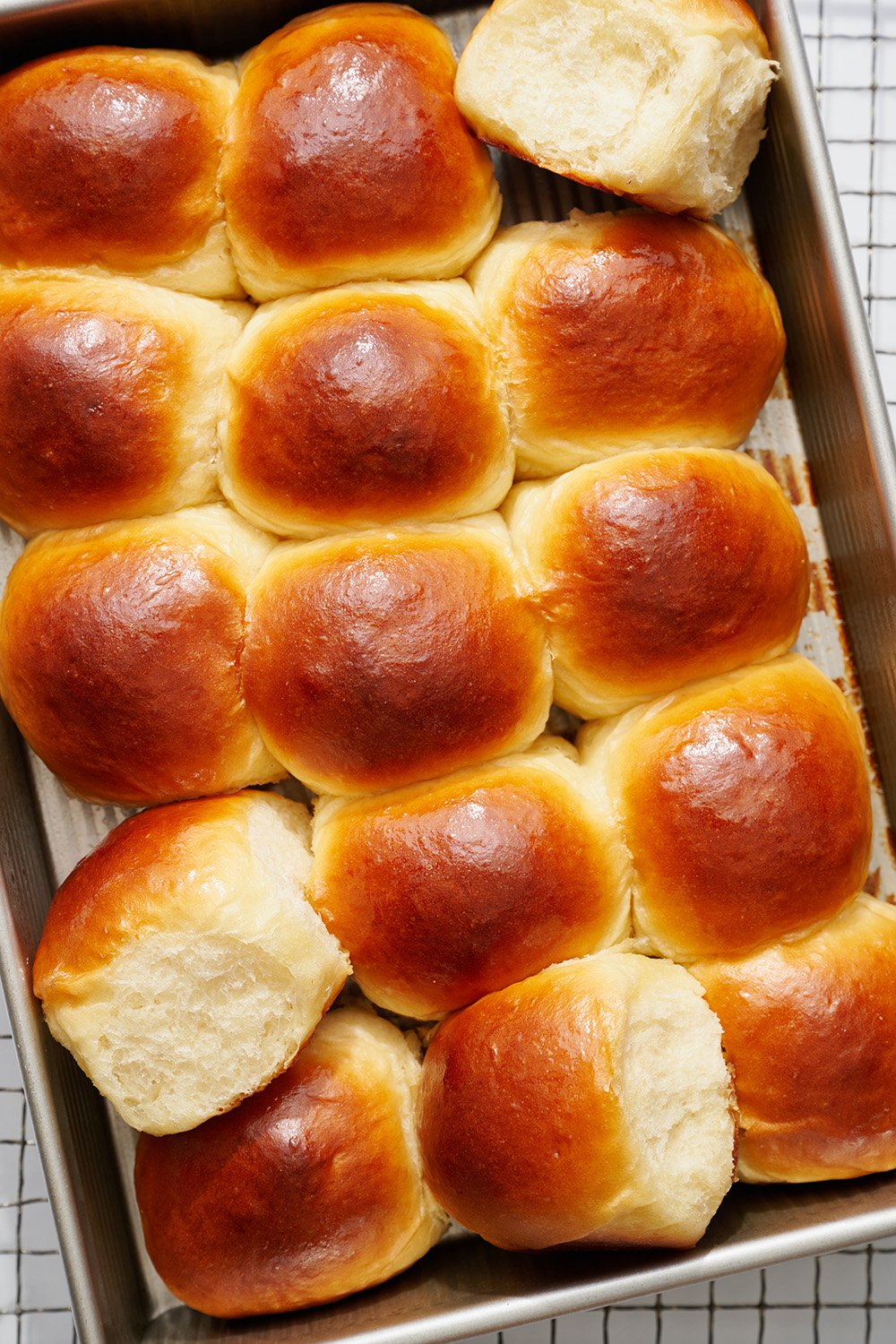
It took over a year to get this copycat recipe perfected. Luckily, we didn’t mind testing these rolls so many times because they’re THAT good.
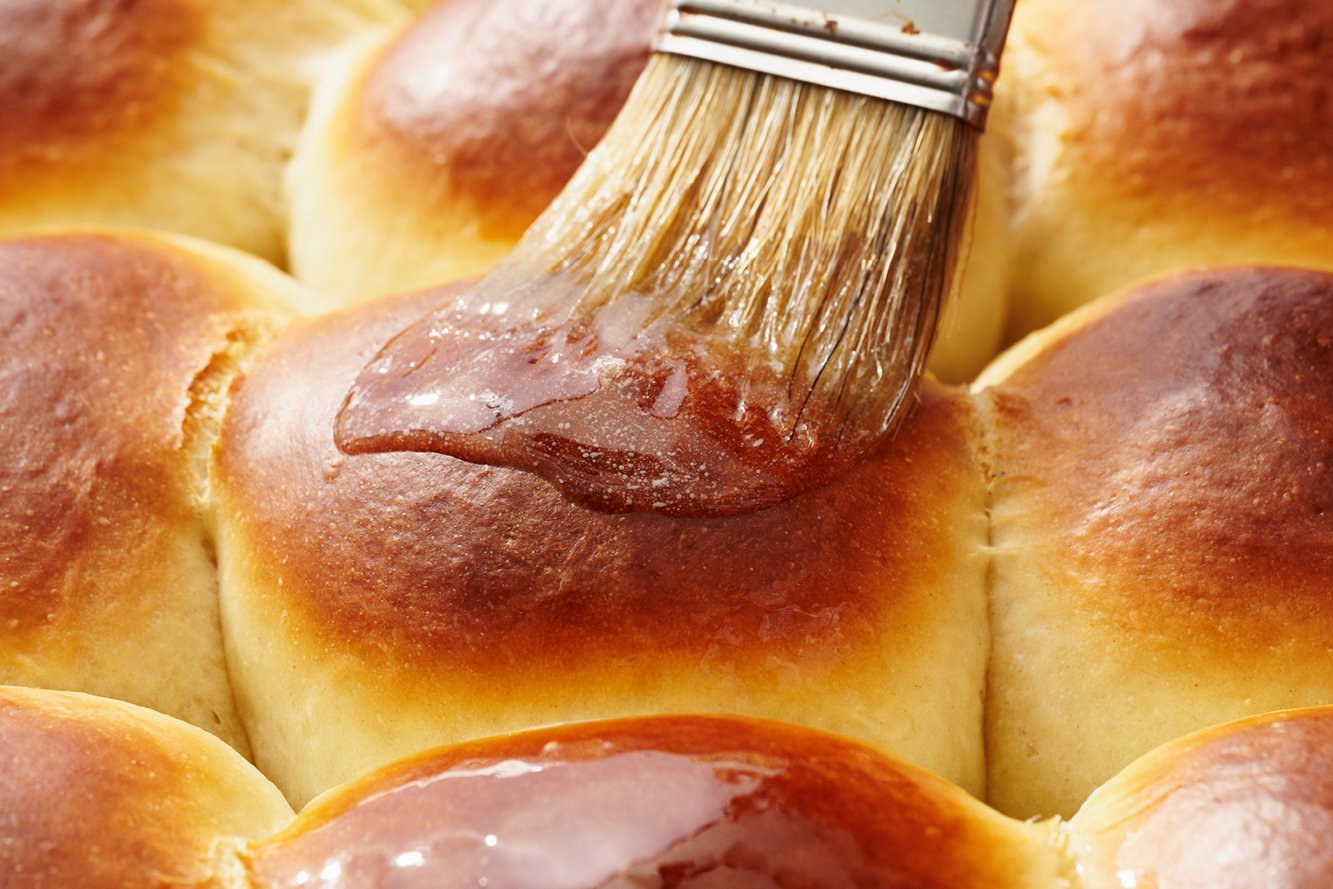
These Homemade Hawaiian Rolls are so versatile. They’re perfect as a side with dinner or as the main course (think ham and cheese sliders!). Take them as a side to a barbecue or cookout. Make little sandwiches with turkey and leftovers after Thanksgiving. Add as a side dish to your traditional Easter dinner. The options are endless!
And bonus: the scent that will waft through your house as these bake is utterly intoxicating.
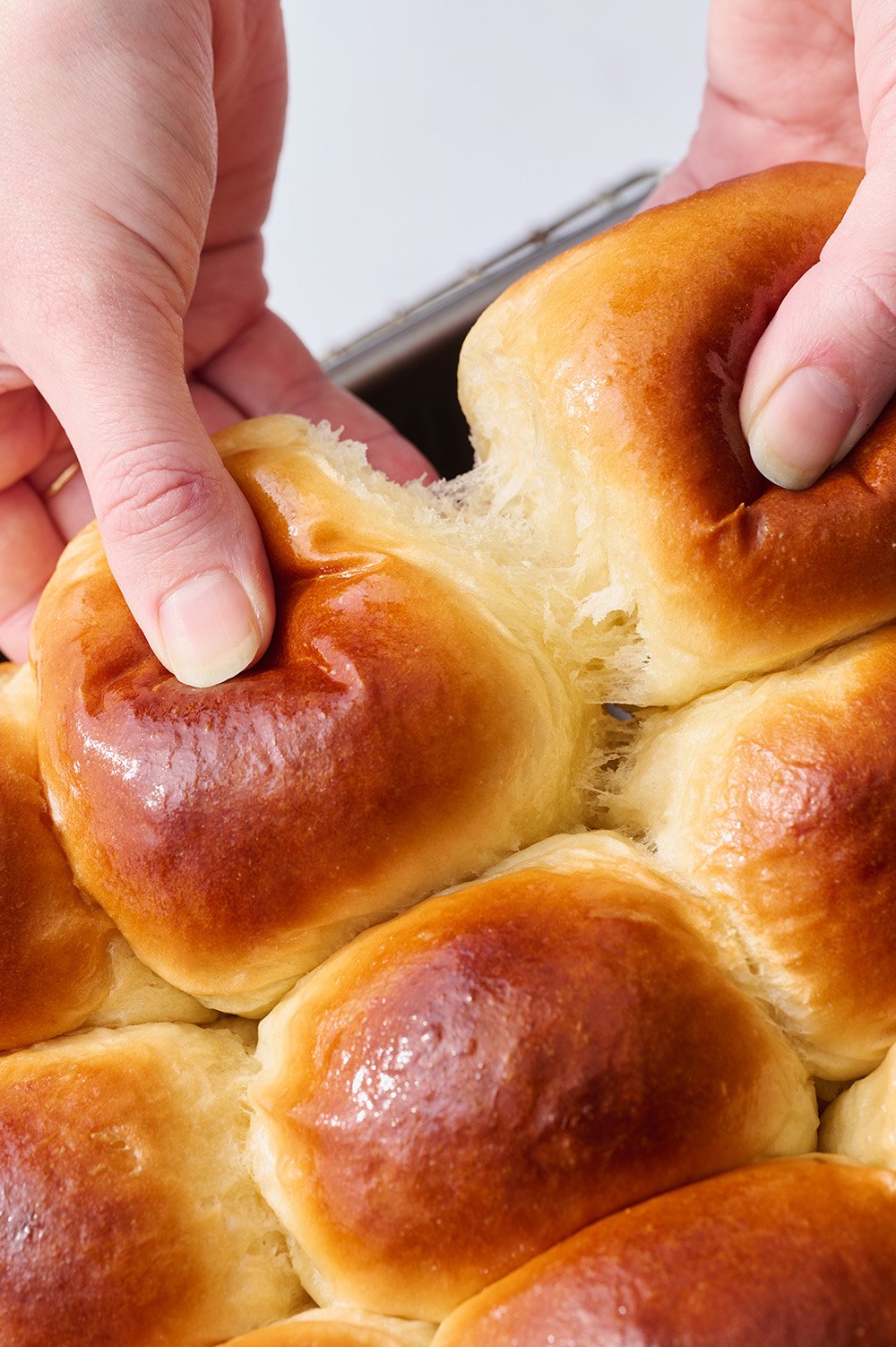
These Hawaiian Rolls are so much better than the prepackaged versions. You’ll never want to buy store-bought again after trying these!
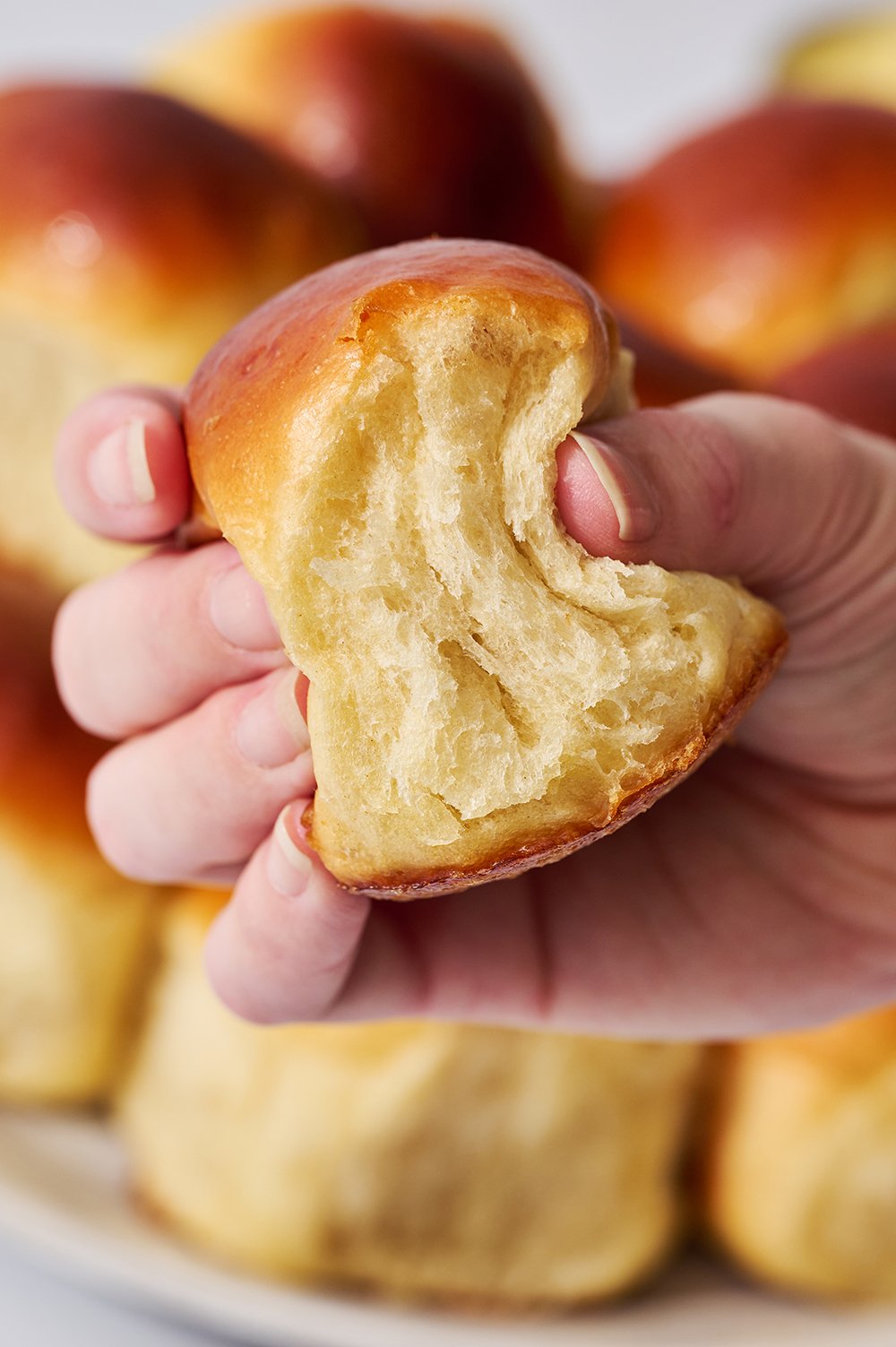
If working with yeast feels a little intimidating, don’t fret. I’ve included a ton of tips and tricks below so even newbie bread bakers can nail this recipe.

Sprinkle of Science
How to Make Homemade Hawaiian Bread Rolls
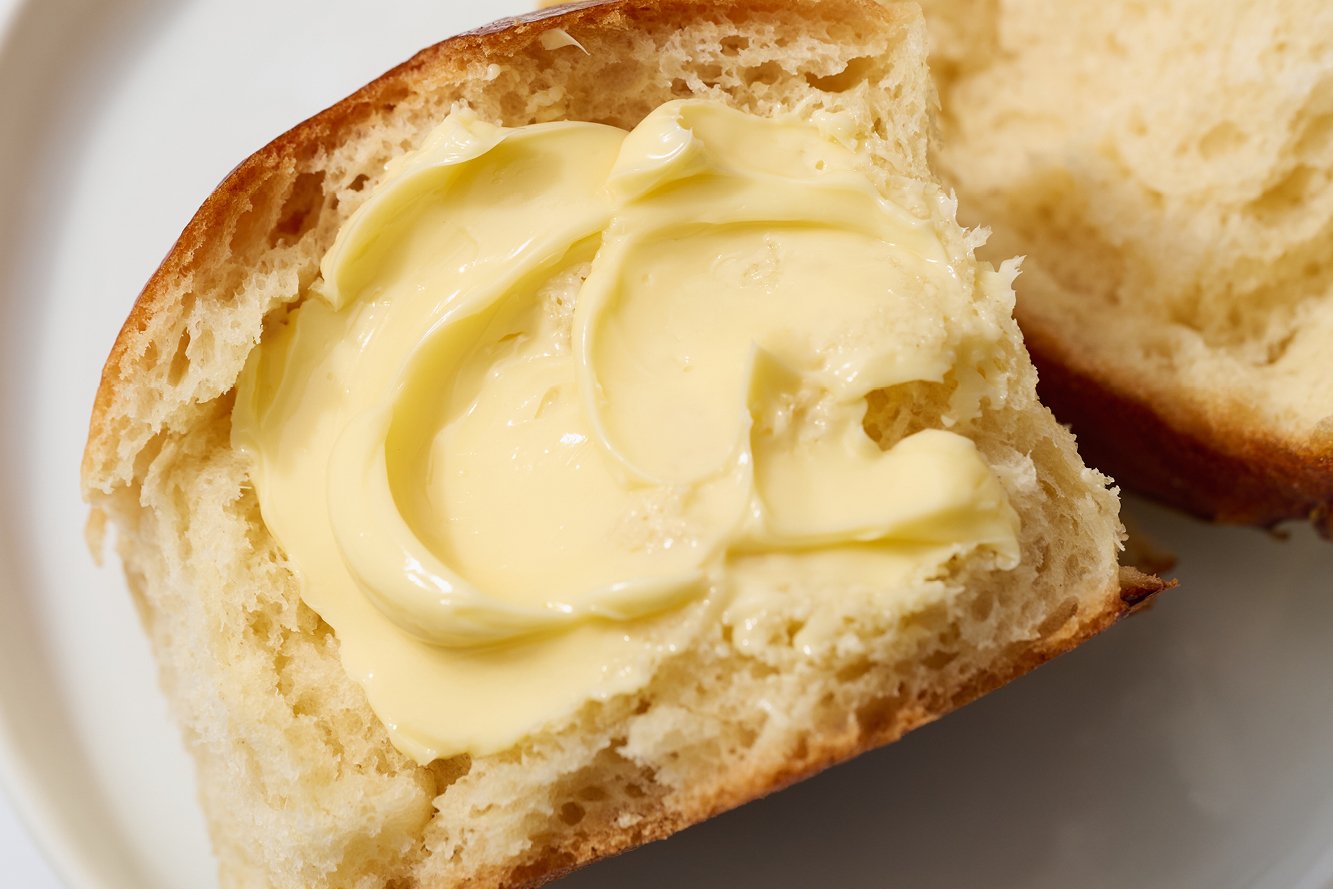
What Are Hawaiian Rolls?
You may have seen Hawaiian Rolls at your local supermarket – but these homemade versions are SO much better! Hawaiian Rolls are distinctly sweet and ridiculously soft and light, perfect for making delicious mini sandwiches, breakfast sandwiches, sliders, and more. Your kids will go crazy for these rolls, too!
Can I Make Homemade Hawaiian Rolls Without a Mixer?
Probably… but it won’t be easy! Your KitchenAid stand mixer does all the hard work in kneading these Homemade Hawaiian Rolls. By hand, it’s going to take a lot of elbow grease, a long time, and give your arms and hands a heck of a workout. Learn how to knead dough by hand here.
How To Make FLUFFY Hawaiian Rolls
Avoid adding too much extra flour to the dough
Since this dough is slightly sticky and enriched with milk, butter, and a lot of sugar, it takes quite a while to come together. These ingredients slow down gluten development. Your instinct might be to add extra flour; however, any extra flour will create a denser, tougher bun instead of the light, fluffy bun we want.
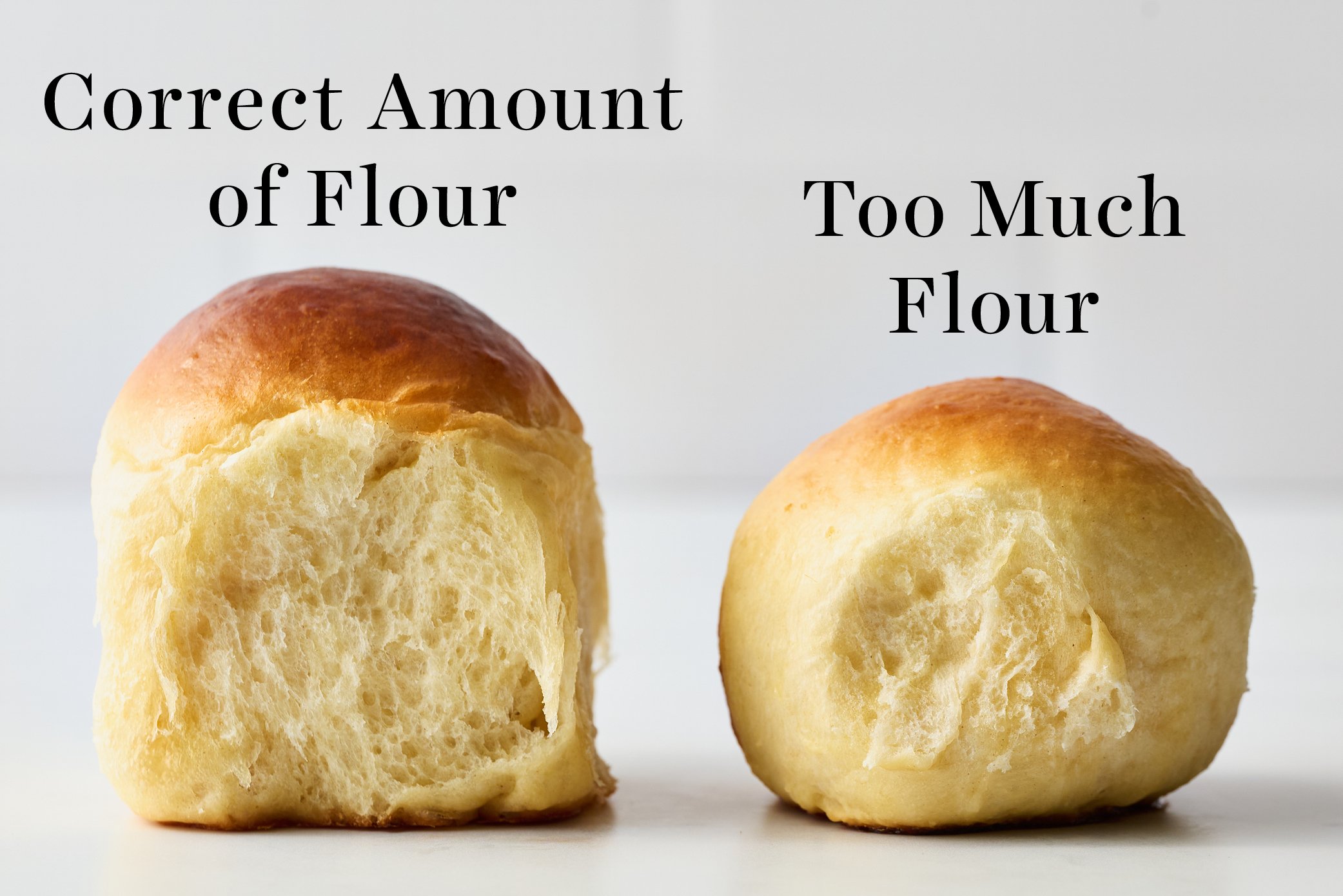
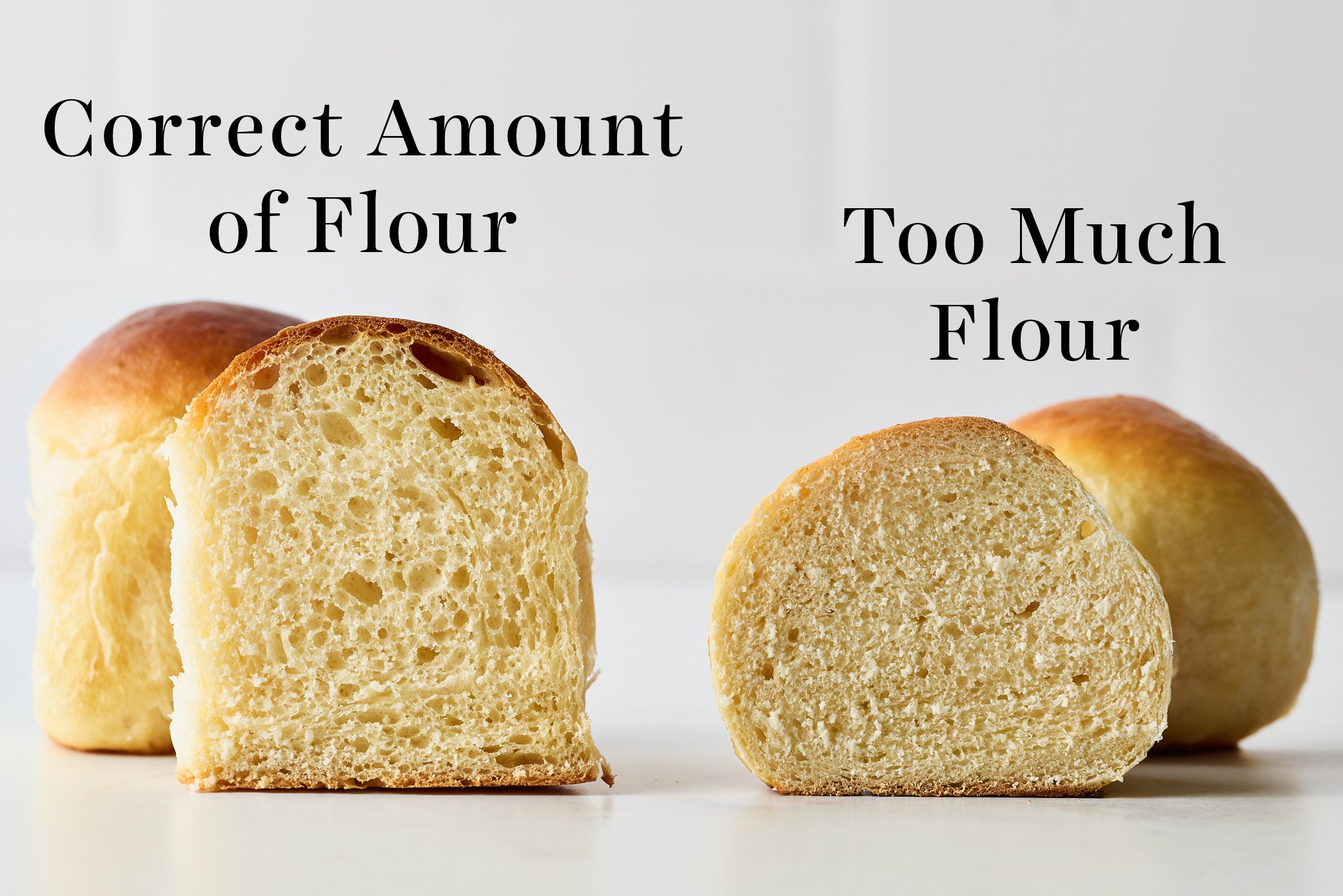
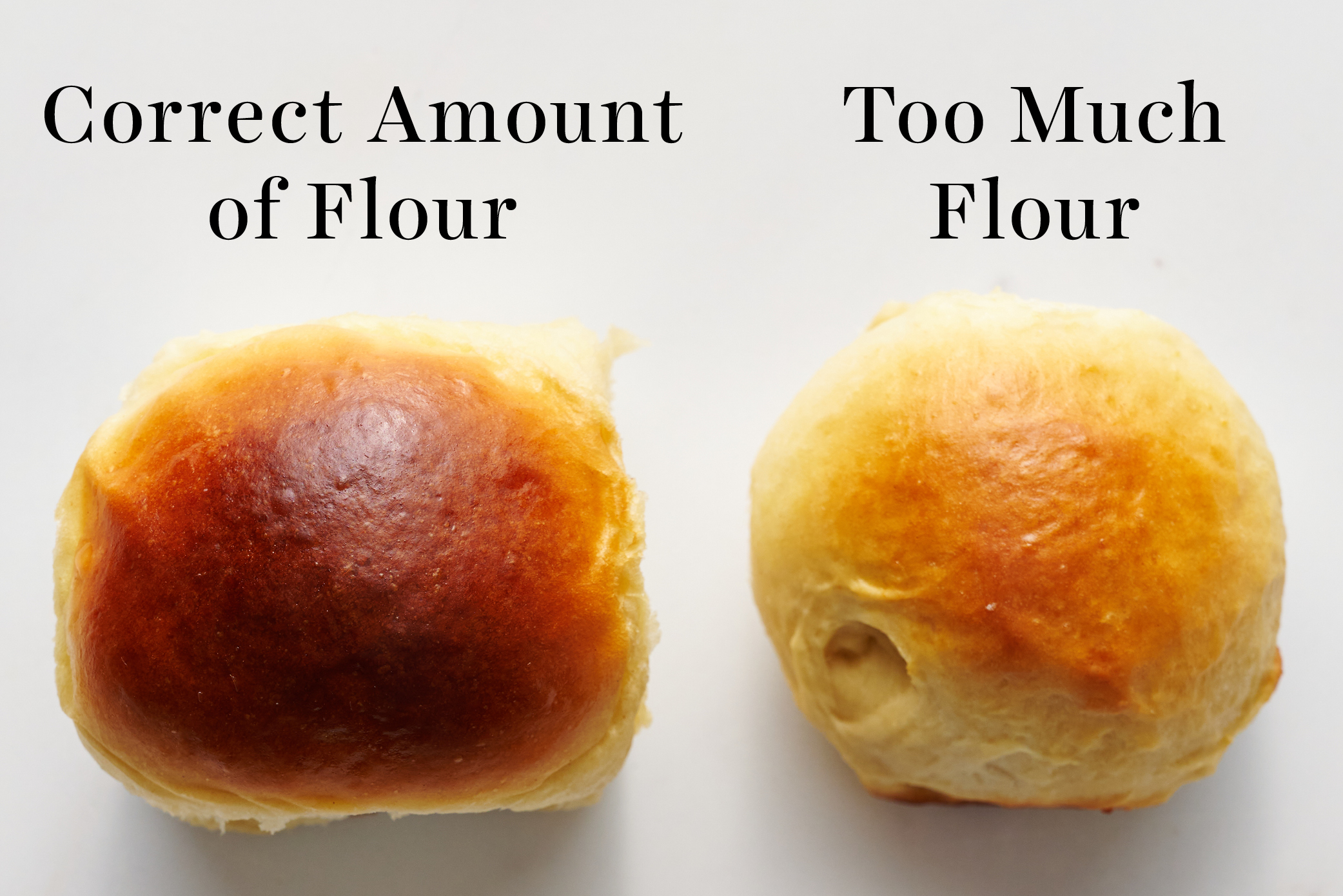
Know your kitchen climate
This recipe was tested in Arizona, Michigan, and New York. During testing, Emily from Team HTH’s kitchen (in Michigan) was about 87% humidity, Kiersten from Team HTH’s kitchen (in New York) was about 65%, whereas our studio kitchen in Arizona was 14% humidity. The more humid your location, the stickier your dough will be. If your kitchen is about 65% humidity or higher, use the higher range of bread flour listed (4 1/2 cups, or 540 grams). Reduce the bread flour if your kitchen is less than 65% humidity. Begin with the lower range listed (4 cups + 1 tablespoon, or 516 grams) and add additional flour by the tablespoon (8 grams) as needed.
It’s better to be slightly sticky than dense
This dough shouldn’t be unbearably sticky, but it will be tacky. Resist the urge to add extra flour, as this will negatively impact the texture of the rolls. The dough will be easier to work with after the first rise!
Proofing Homemade Hawaiian Rolls Sliders
This dough will take some time to proof, especially if your kitchen is cold. The sugars, pineapple juice, eggs, and butter in this recipe add deliciousness but also slow the proofing process.
The first rise will take about 90 minutes, and the second rise will take about 1 hour; however, these times are completely influenced by the temperature of the rising environment.
You can tell if your bread is well-proofed by giving it a gentle poke with your finger or knuckle. Bread dough that has proofed well will spring back slowly when poked and leave an indent. If it snaps back too quickly, it needs more time.
Don’t be tempted to speed up the rise time too drastically, as too much heat will kill the yeast and reduce flavor development.
If you’re lucky enough to have a proofing setting on your oven, you can use that (provided you’ve tested it previously and it doesn’t get too hot!).
Tip: If your kitchen is very cold, turn your oven on and place the bowl nearby, so it gets a little indirect warmth. If your kitchen is very hot, watch the rolls very carefully, as your rise time might be much shorter than specified.
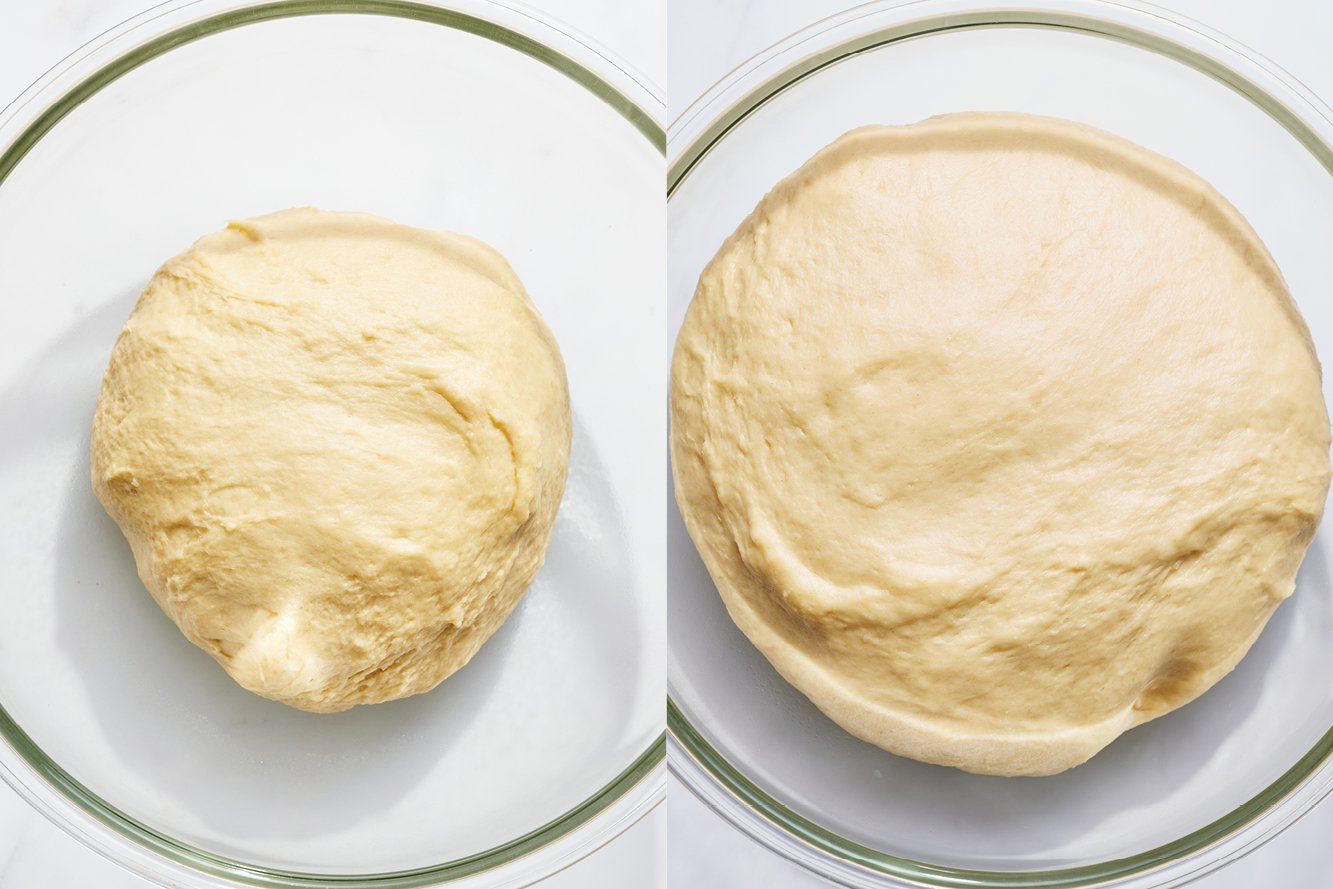
How To Tell If You Have Over-Proofed Your Rolls
This can happen easily if your kitchen is very hot, or if you’re busy and forget to check on the rolls. If your rolls have over-proofed, they will likely deflate while egg washing, or look flat and deflated once baking. Over-proofed rolls may look a little sad, but they should still taste fine.
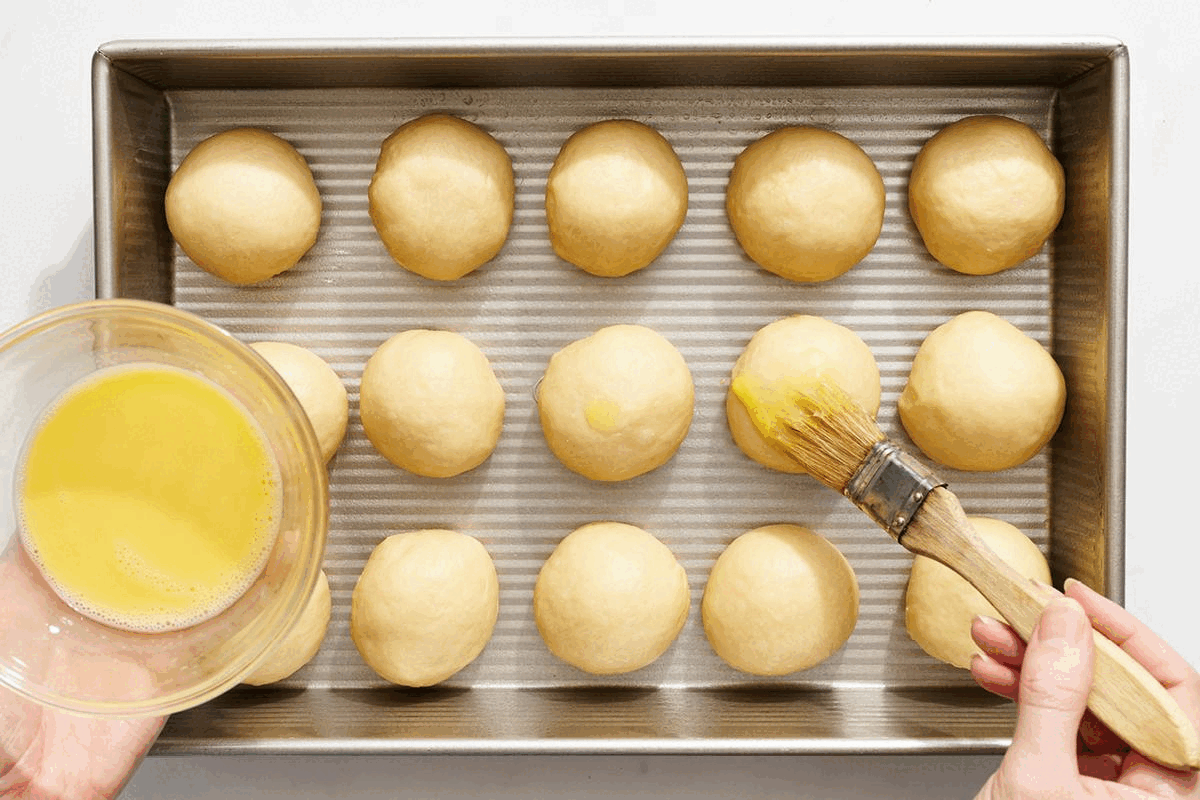
How to Shape Hawaiian Rolls
It’s important to properly shape your bread rolls for beautiful, tall, fluffy rolls.
- Once the dough has risen, press it down to deflate it slightly.
- Place the dough on a clean surface (not a floured surface). Use a bench scraper to section the dough into 15 equal pieces. Don’t worry if they’re not perfectly equal in size. However, if you’re a perfectionist, you can weigh the entire mass of dough, divide that number by 15, then portion each piece perfectly by weight.
- As you’re shaping each piece into a round, make sure to pinch the dough into one central point to create a tight ball. This will help the rolls rise beautifully. Don’t flour your work surface when shaping the rolls because you want some resistance to roll them into taut balls.
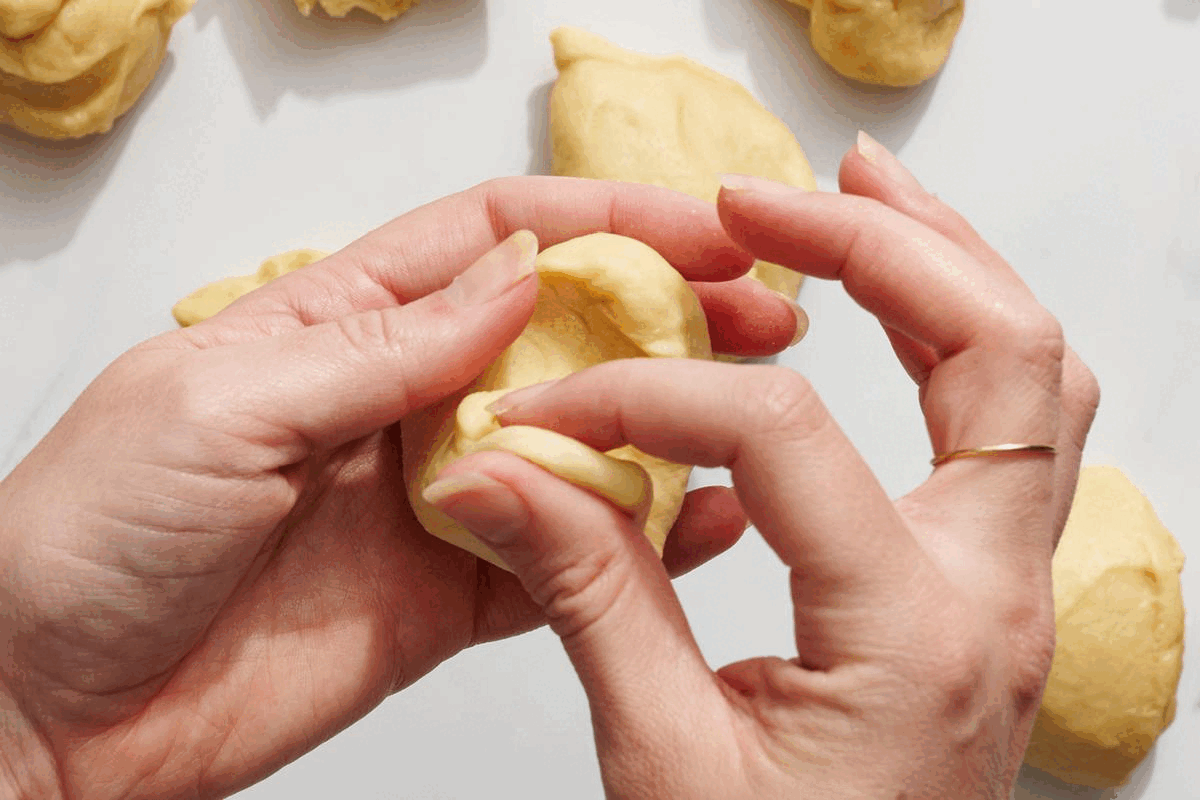
The Best Pan for Baking Rolls
- This is my favorite pan for baking Homemade Hawaiian slider rolls, but any light-colored metal pan will work just fine.
- Avoid dark-colored metal pans, as these can cause excessive browning and dry out the edges.
- If using a glass or ceramic baking pan, you may need to extend the baking time. Learn more about baking in Glass vs. Metal Pans here.
For Those Who Prefer Not-So-Sweet Rolls
These rolls are subtly sweet, but please don’t experiment with reducing the sugar (we’ve tested it!). It’s an essential part of this copycat recipe. The texture will dramatically worsen with a reduction in the sugar. Learn more about sugar’s role in baking here.
If you prefer a less sweet roll, try my Ultimate Dinner Rolls recipe instead.
Do I Have to Use Bread Flour? Can I Use Just All-Purpose Flour Instead?
For best results, I firmly recommend sticking with both bread and all-purpose flour as written. Here’s why:
- Bread flour contains more protein than all-purpose flour, which helps build gluten and aids in giving the rolls structure, height, and a little chewiness. Gluten is the backbone of any bread’s structure, and since we are adding ingredients that prohibit gluten development (pineapple juice, butter, egg, sugar), that additional protein is needed to develop structure.
- When I tested a batch of Homemade Hawaiian Rolls using only all-purpose flour, the rolls were way too dense, noticeably drier, and took significantly longer to knead and rise.
- I also found that making the rolls with only bread flour yielded rolls that were too firm. The addition of a little all-purpose flour balances this out, making the rolls softer.
If you absolutely must use only all-purpose flour, just note that they’ll take much longer to knead, longer to proof, and they won’t be as soft and fluffy.
How Long Do Homemade Hawaiian Rolls Last?
These rolls will keep for 3 days in an airtight container, stored at room temperature. Don’t refrigerate, as it will dry them out faster. Refresh in a 300°F oven for 5 minutes, or pop in the microwave for 15-20 seconds, or until warm, before serving.
Can I Make Homemade Hawaiian Rolls Ahead of Time?
Enriched yeast doughs can have issues rising properly if made ahead. Instead, I recommend freezing the fully baked rolls as directed just below, as these rolls freeze beautifully.
How to Freeze Hawaiian Rolls
Once cooled, place rolls inside an airtight container and freeze for up to 3 months. To thaw, leave at room temperature for a few hours. Reheat in a 400°F oven for 5-10 minutes, or pop in the microwave for 15-20 seconds, until warmed through, if desired.
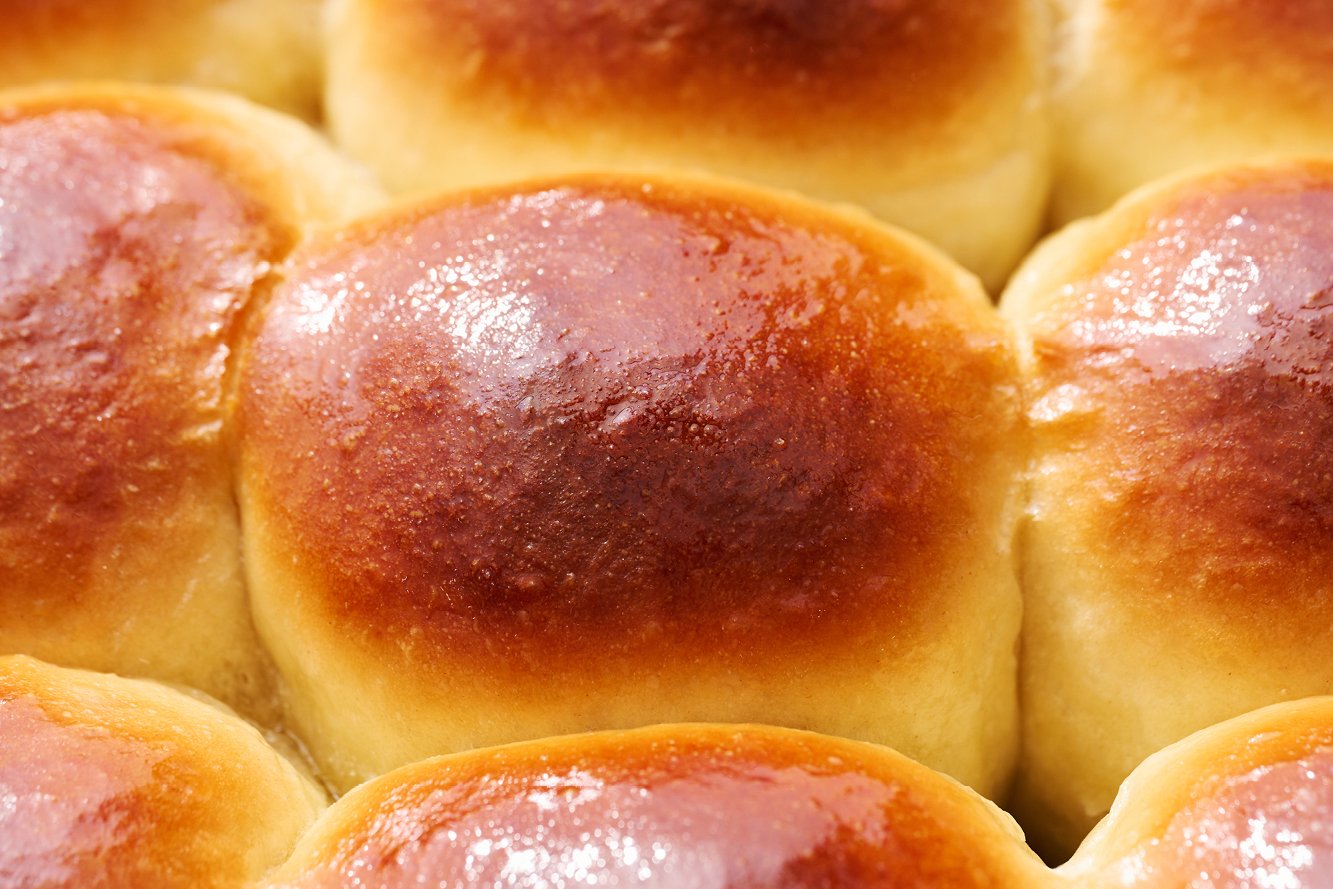
More Bread Recipes You’ll Love:
- Ultimate Dinner Rolls (if you prefer a less sweet roll)
- Garlic Knot Rolls (drenched in garlic butter!)
- Copycat Olive Garden Breadsticks
- Burger Buns
- Focaccia Bread
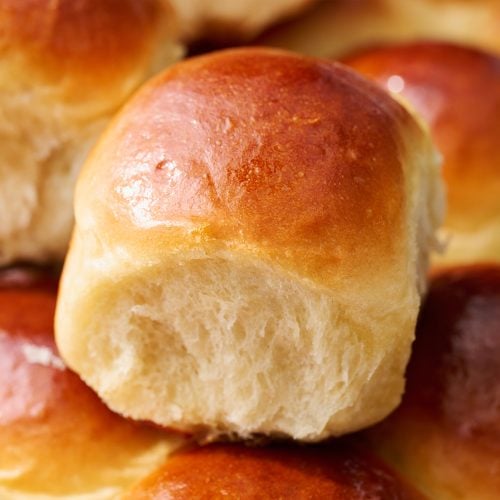
Homemade Hawaiian Rolls
Email This Recipe
Enter your email, and we’ll send it to your inbox.
Ingredients
- ½ cup (116 grams) canned pineapple juice1, at room temperature (do not use fresh juice, see notes)
- ½ cup (116 grams) whole milk, warmed, (100-110°F)
- 5 tablespoons (71 grams) unsalted butter, melted and slightly cooled to just warm (~85°F)
- 6 tablespoons (75 grams) granulated sugar
- 2 tablespoons (25 grams) light brown sugar
- 2 eggs, at room temperature
- 1 teaspoon vanilla extract
- 2 ¼ teaspoons (1 packet)
instant yeast2 - 4 cups + 1 tablespoon (516 grams) – 4 1/4 cups (540 grams) bread flour3, dependent on kitchen climate, see notes
- ¼ cup (32 grams) all-purpose flour
- 1 ½ teaspoons fine sea salt
For egg wash & finishing:
- 1 egg, lightly beaten
- 2 tablespoons water
- 1 tablespoon (14 grams) salted butter, melted
Instructions
- Combine the pineapple juice, milk, melted butter, sugars, 2 eggs, vanilla, and yeast in the bowl of a stand mixer. Add the all-purpose flour, plus 2 cups (286 grams) of the bread flour, and stir with a wooden spoon until the dough forms a rough, shaggy mass. Stir in the salt. Attach the dough hook to the mixer and turn to medium-low speed. Gradually add the remaining flour JUST until the dough comes together. You may only need some of the flour, depending on your kitchen environment and brand of flour. Continue kneading on medium-high speed for 4 to 5 minutes, until a soft and smooth ball of dough forms.
- Lightly grease or wet your hands and place the dough in a lightly greased medium-sized bowl. Cover with plastic wrap. Let rise until puffy and doubled in size, about 1 ½ hours4.
- Spray a 9×13-inch metal baking pan with cooking spray. Gently deflate the dough. Use a bench scraper or knife to divide the dough into 15 equal pieces. Shape each piece into a ball and place in the prepared pan.
- In a small bowl, combine the remaining egg with 2 tablespoons of water. Brush all over the rolls. Cover with plastic wrap and let rise again until doubled in size, about 1 hour**.
- Meanwhile, preheat the oven to 375°F.
- Bake the rolls for 20 minutes, or until golden brown. Brush with melted butter. Serve warm. Store leftovers in an airtight container for up to 3 days.
Recipe Notes
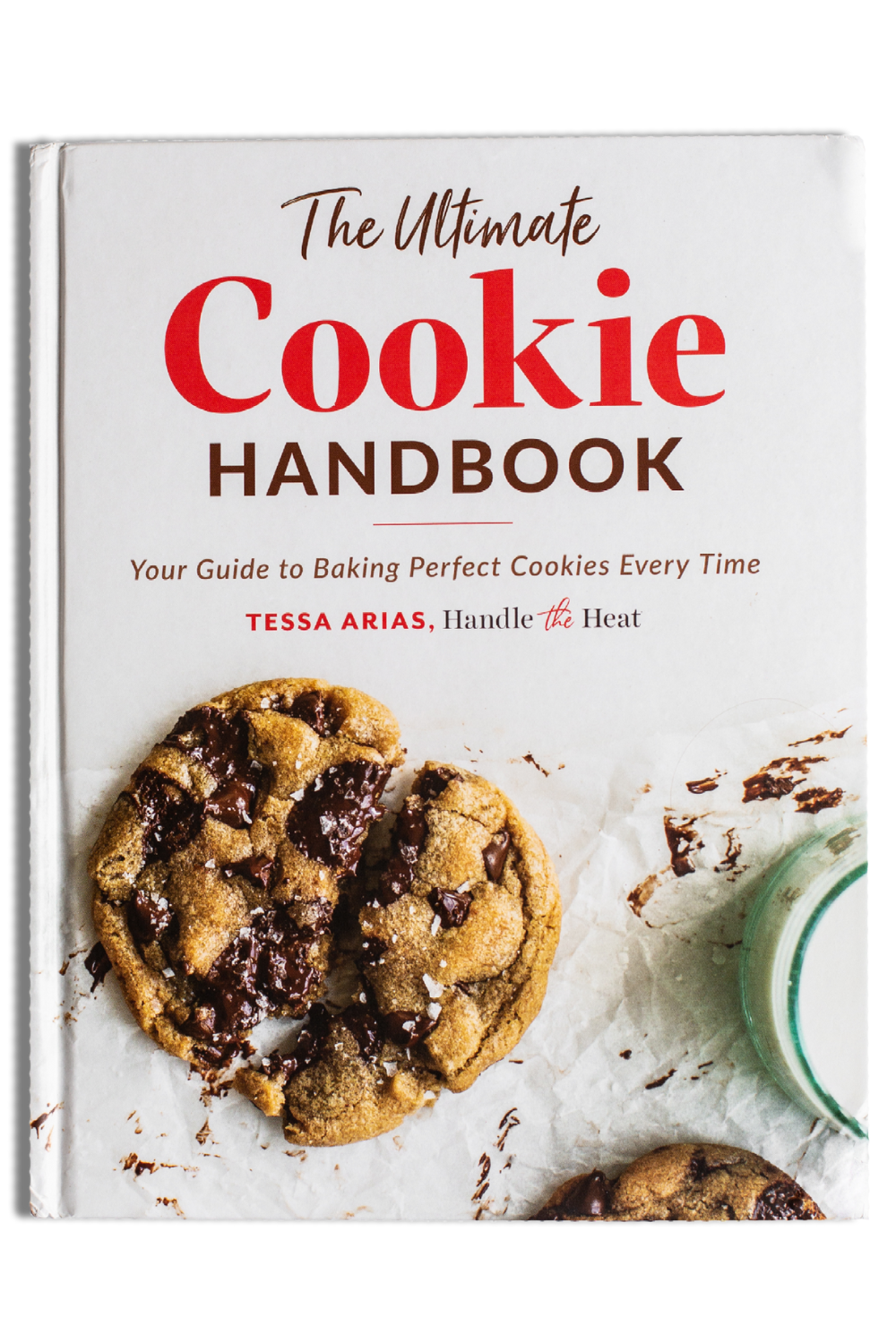
The Ultimate Cookie Handbook
Learn the sweet SCIENCE of cookie baking in a fun, visual way to customize your own recipes frustration-free. Plus, my best 50+ homemade cookies!
This post was originally published in 2014 and has been updated with additional tips, recipe improvements, and new photos. Photos by Joanie Simon.
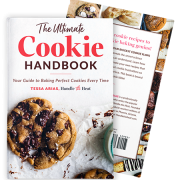
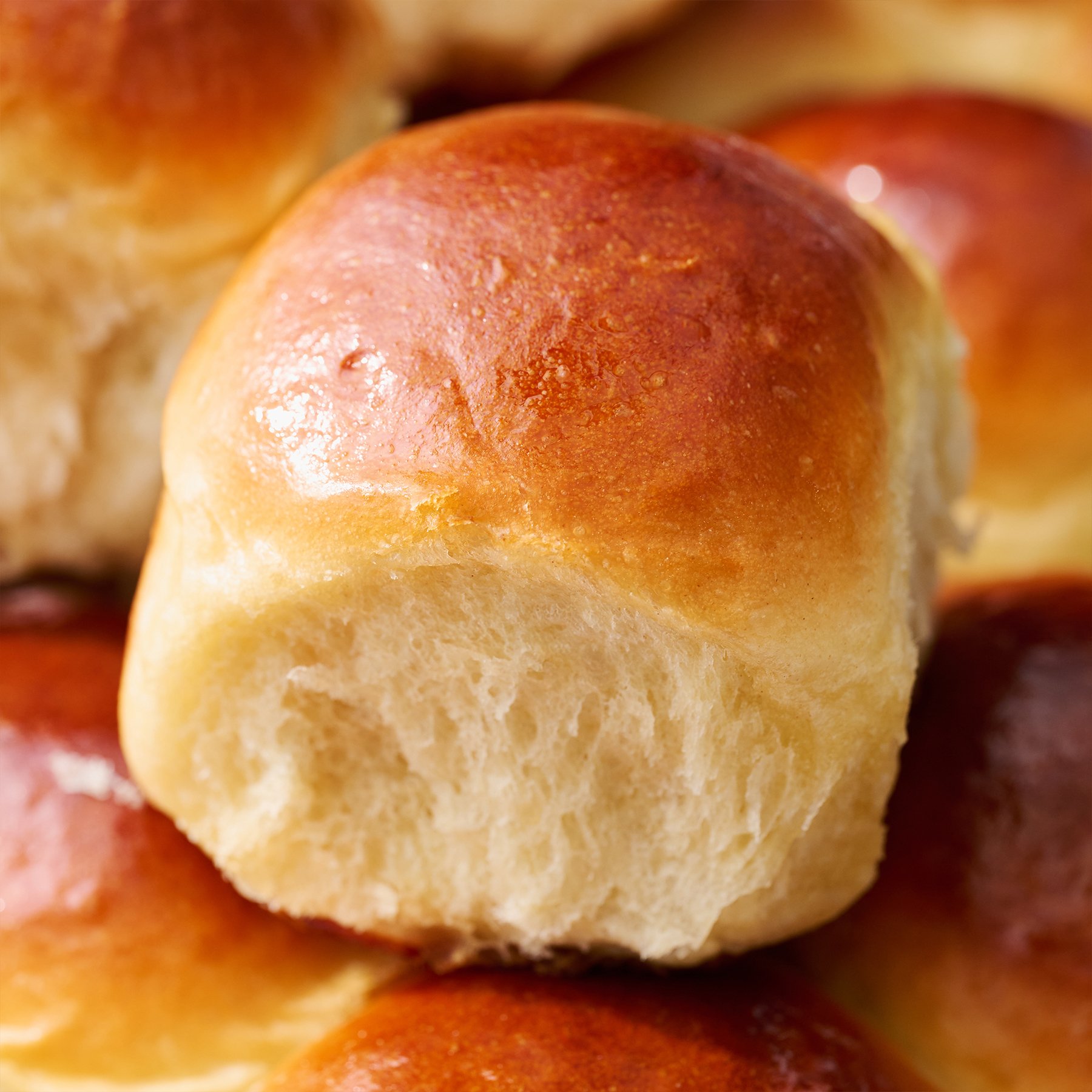
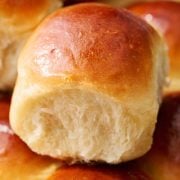
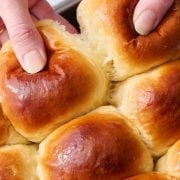
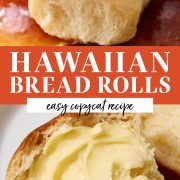
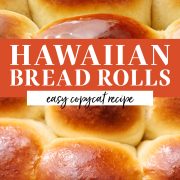
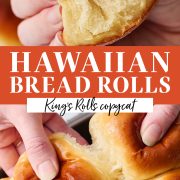

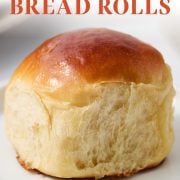
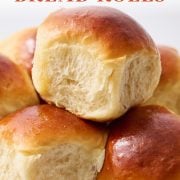
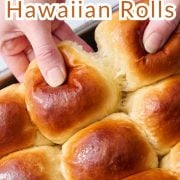
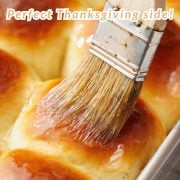
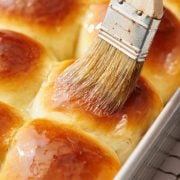
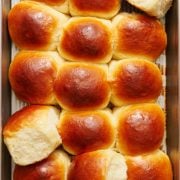
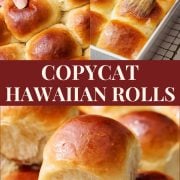
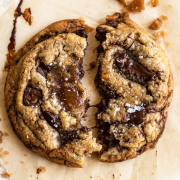
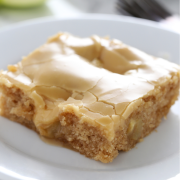


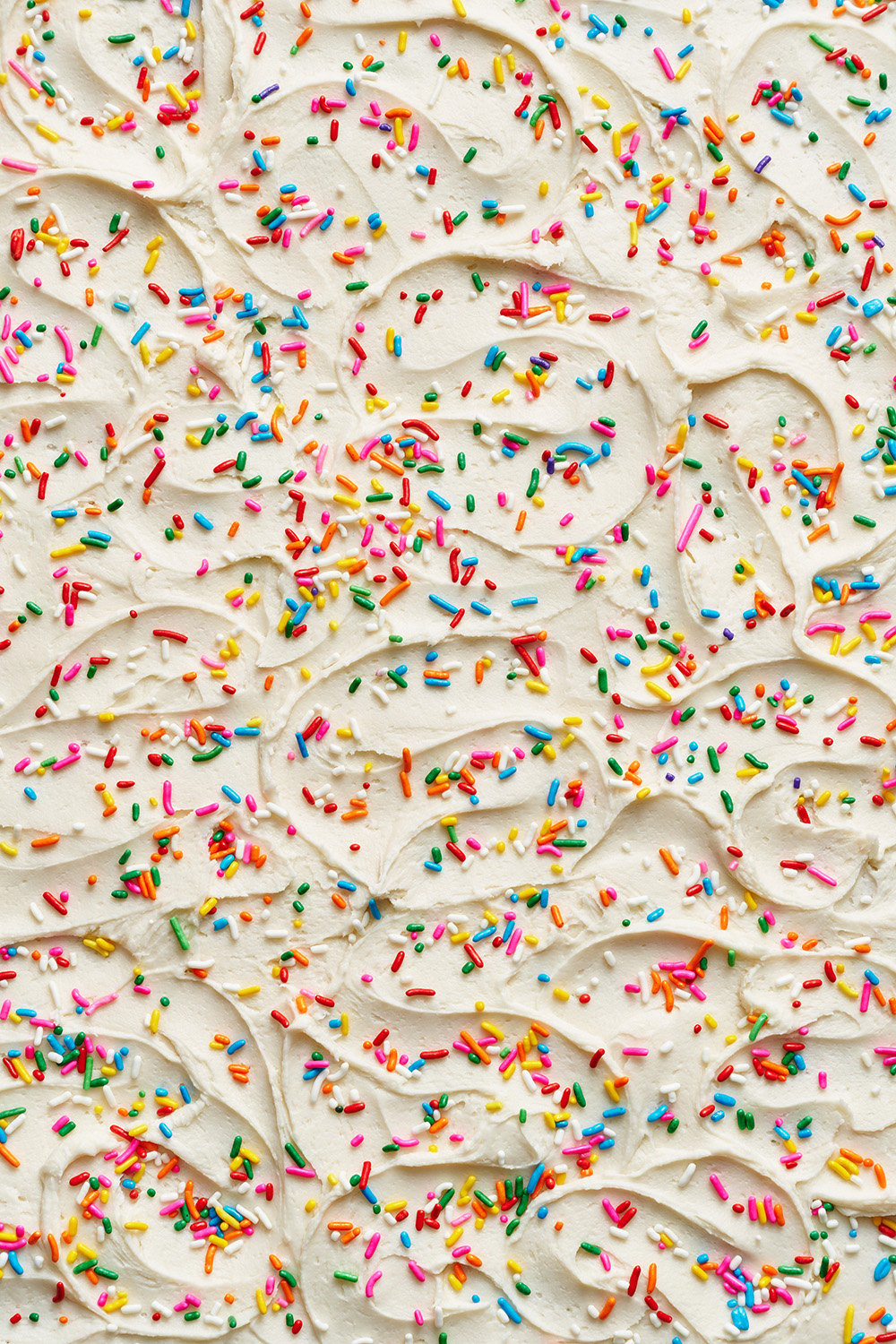


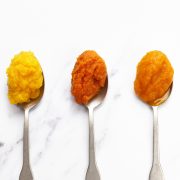
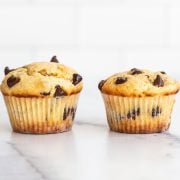
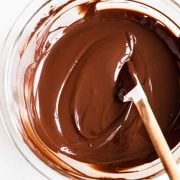









The recipe says to brush with the egg wash before the 2nd rise . Is that correct or should it be done after the rolls have risen, right before baking?
That is correct, Jodie! This helps prevents accidental deflation of the risen rolls.
I did it the right way then! I also used “unknown” flour and the rolls turned out wonderfully. I live in Belize and the flour we get comes in a plastic bag. Sometimes it says APF and sometimes the bag isn’t marked but I’m fairly certain it’s not bread flour. We learn to deal with what we have. Perhaps they are better with bread flour but my dinner guests really loved them. This is my 2nd time making them and the 2nd time I’ve ever made dinner rolls. I will make them again. Thanks for this wonderful recipe.
I have a question. You have 4 cups and something of BOTH all purpose flour and bread flour and then another 1/4 c of all purpose flour. What in the 1/4 c of flour for if you knead with dough hooks on the mixer?
Hi Lynn! The main flour in this recipe is bread flour (between 4 cups + 1 tablespoon and 4 1/4 cups, depending on your kitchen climate). The 1/4 cup of all-purpose flour helps soften the rolls slightly, giving them that tender, fluffy texture. Using bread flour alone will make them a little too firm. You’ll still want to add that 1/4 cup even if you’re kneading with your mixer; otherwise, the dough will be too sticky and the rolls won’t turn out the same. I hope that clears things up! You can read more about why we use both bread and all-purpose flour in Tessa’s notes just above the recipe here.
Great recipe! This has been my go to for some time now! I am wondering, if I were to freeze a portion of my rolls (already baked), how should I store them to ensure the best quality possible?
I posted this question too soon, now I see you have the instructions already written out. Thanks!
Why must the pineapple juice be canned? What happens if you use fresh juice?
Hi Kellie! Fresh pineapple juice contains enzymes that break down gluten, which would prevent the rolls from rising properly. We haven’t tested the recipe with fresh juice, but in theory, you’d need to heat it first to destroy those enzymes. Using canned juice is just the easiest (and most reliable!) option. 🙂
When you say canned. Are you referring to frozen concentrated juice or literally canned/plastic jug etc fro.t he store verses fresh squeezed?
Canned juice — most frozen juices will not have cooked out the enzymes. We used Dole 100% Pineapple Juice during testing. I’ll add a recipe note with this, thanks for asking!
I just used all purpose flour for the whole recipe and it turned out super delicious!!! Best rolls I have ever made and I’ve been looking for a while!!! Thank you ❤️
This is a fail-proof recipe—absolutely loved it! I’ve tried many Hawaiian recipes before, but this is the first time I’ve had real success. Thank you so much! 🌺 I’m thinking of trying a slightly sweeter version next time. Would increasing the sugar affect the yeast activity, or will it still rise properly?
So happy you loved the recipe! You’re welcome to experiment with increasing the sugar, but know that it may also impact the structure of the rolls and not just the sweetness. Learn more about sugar in baking here. Hope that helps!
I made your Hawaiian buns yesterday and oh my goodness they are the best my family and I have ever had. I have made others in the past but nothing like this.
I have thrown out the other recipes and replaced it with yours. Can’t wait to try your other recipes.
I am so thankful that I found your site besides the great recipes I am so thankful that you are willing to educate me (us)with your expertise. You are to be commended for that.
Have a great day.
This absolutely made our day, thank you so much for your kind message! What an honor to hear this recipe earned a permanent spot in your kitchen 🙂 Wishing you many more delicious bakes!
I just made this recipe again today and successfully added sourdough!!
I added 1/2 cup sourdough and took away 1/4 cup of the milk, and about 1/4 cup less of the flour as well.
( I was doing it as a discard recipie so I still used the yeast)
I have not tried this with only sourdough as the leavener but want to try it, and will update if I do so.
Thanks so much for sharing your experience with using sourdough discard, Nessa! Glad it turned out well 🙂
Hi! As promised I’m back with the update! Here’s what I did to make these raise with sourdough so if anyone else wants to try it too.
The night before (about 12 hrs before starting the dough) I made a levain.
I used this sweet levain from @healingslice
20g starter (fed in the last 24 hrs)
30g sugar
100g water
100g flour
I added the levain (in place of the yeast called for) to the milk, juice, and sugars before adding the butter etc.
After mixing to a shaggy dough I let it rest for about 1/2 an hr then kneeded it a bit, and then covered, and did a stretch and fold a while later.
Bulk fermented, then shaped and proofed.
They turned out Beautiful! And Delicious!!!
Can you use a bread machine first the dough peroration?
We haven’t tried that, so I can’t say for sure! Please let us know if you give it a try.
I did this! I put all ingredients in my bread maker as directed and set it to sweet bread. It rose perfectly! I took it out just before the bake cycle started so I could shape them for the final rest. They turned out nearly perfect and so much better than store bought!
I have a question please about your hawaiian buns…it calls for pineapple juice in a tin..can i use the natural tin pineapple juice…i dont like the syrupy one..thx
Hi Joanne! We used Dole 100% pineapple juice during our testing, which isn’t syrupy. I hope that helps!
My rolls came out great on first try,I followed the recipe and instructions to the letter.my only question is how many calories per roll..by the way great recipe will be looking for more of your recipes. Thank you.